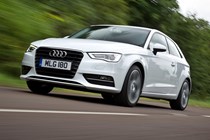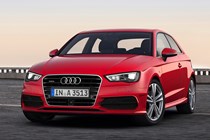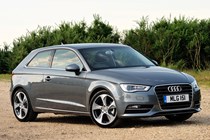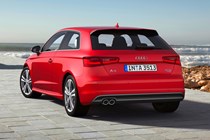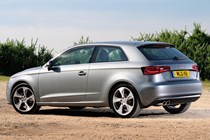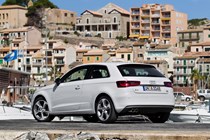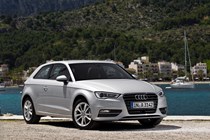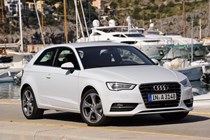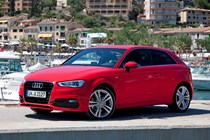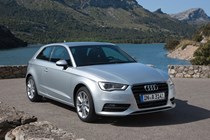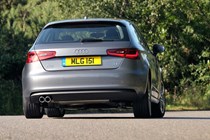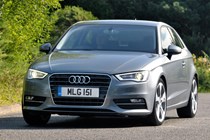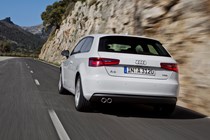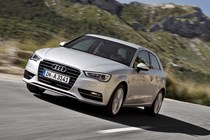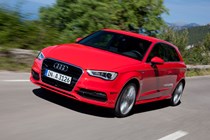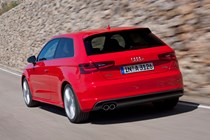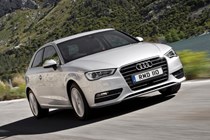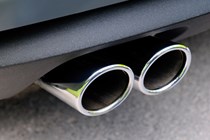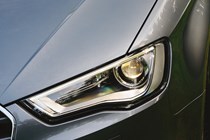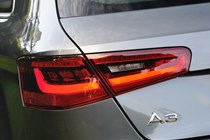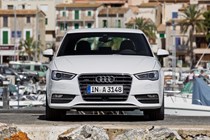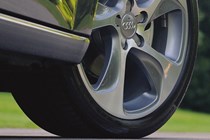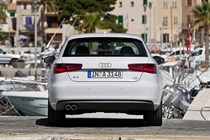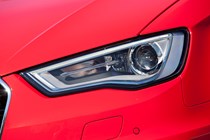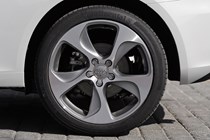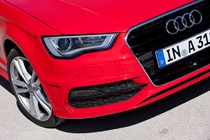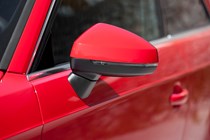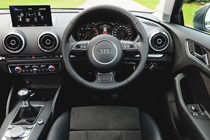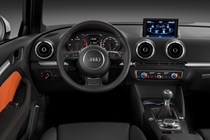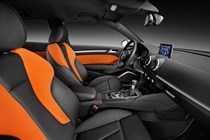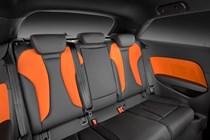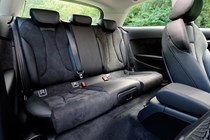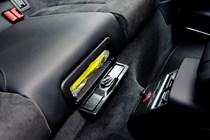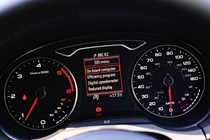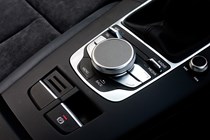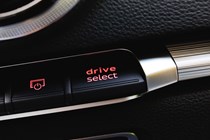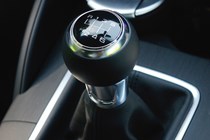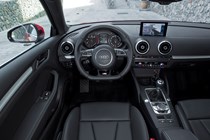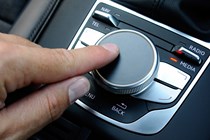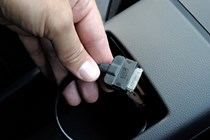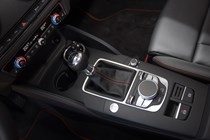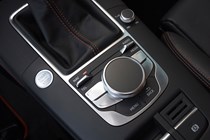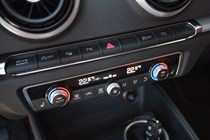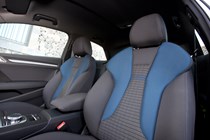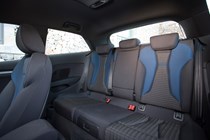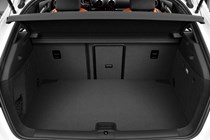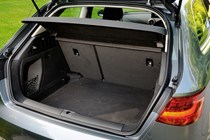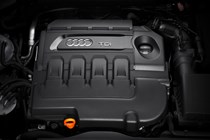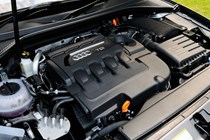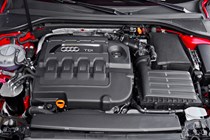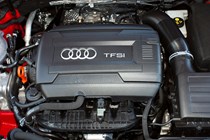Audi A3 Hatchback (2012-2018) engines, drive and performance
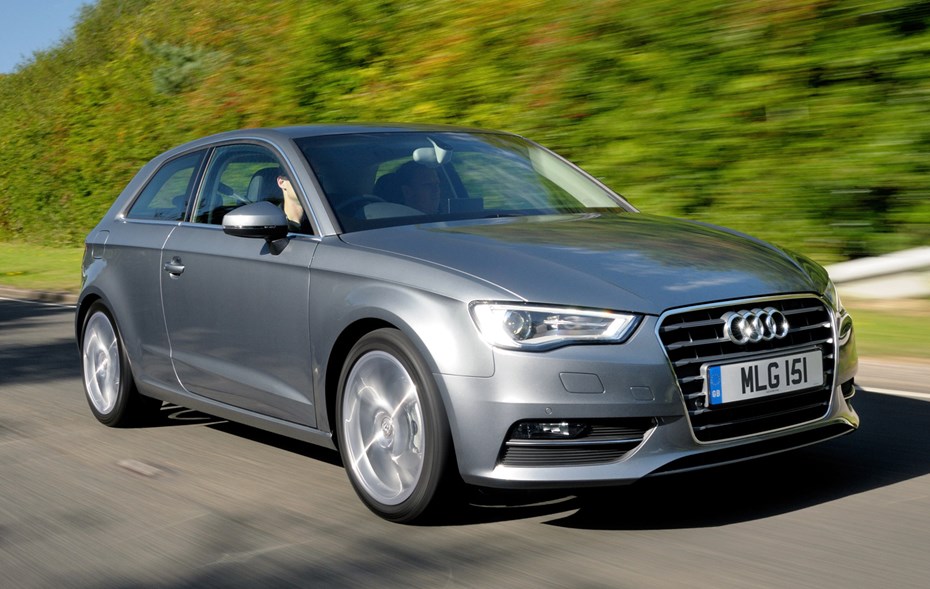
- Plug-in hybrid e-Tron Sportback only
- 1.5-litre 150hp TFSI is a good buy
- Potent 2.0-litre diesel is quick and economical
The Audi A3 launched with a 1.4-litre TFSI producing 125hp, a 1.8-litre TFSI with 180hp and a 2.0-litre TDI with a power output of 150hp. Even the 1.4-litre can reach 126mph and cruise comfortably on the motorway – it evolved into a variable-displacement model (CoD) that could disable two cylinders for better economy in later models, before being upgraded to the 1.5-litre version.
The 180hp petrol is the proven 1.8-litre found across the VW Group, easy to tune up and generally robust. It’s quick enough – an A3 with this engine is definitely worthy of hot-hatch status, though the 2.0-litre in later models and the S3 are the better options if you want a fast A3.
Later options include 1.0-litre, 1.2-litre petrol and 1.6-litre diesel. Higher-powered models are available with quattro all-wheel drive, and an automatic option is available for most versions based on the VW Group seven-speed DSG but called S-tronic.
Euro 6 diesels are theoretically available from late 2013, so check the registration of the car you’re looking at on the TfL website when shopping outside of ULEZ areas – values of pre-2015 diesels are generally lower due to the charges.
Handling
- Secure front-wheel drive handling
- Sporty, firm ride, particularly on S-line
- A satisfying but safe car to drive
Audi made a very good car to introduce the MQB platform and enthusiasts will still be pleased – but the BMW 1 Series has the edge as a used hot-hatch for keen drivers, because the steering feedback and the weighting of the steering wheel is better.
Apart from that the A3 is a cracking proposition. B-road jaunts are enjoyable thanks to the excellent grip levels while enthusiasts will be pleased with the absence of body lean when cornering.
Lower-power models (the 1.0-litre and 1.2-litre petrol, and 1.6-litre diesel) use a solid torsion beam rear axle rather than the independent suspension of the rest of the range.


